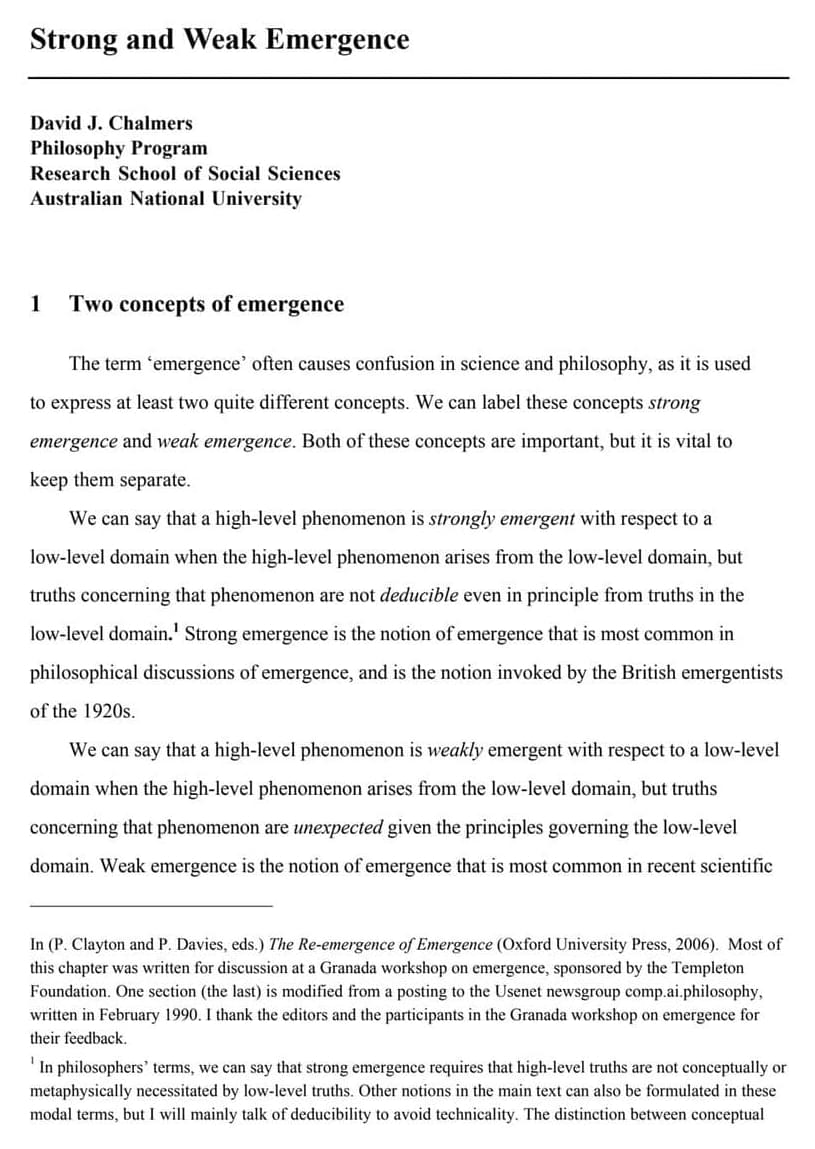Observations of supermassive black holes at the centers of galaxies point to a likely source of dark energy—the ‘missing’ 70% of the universe.
The measurements from ancient and dormant galaxies show black holes growing more than expected, aligning with a phenomenon predicted in Einstein’s theory of gravity. The result potentially means nothing new has to be added to our picture of the universe to account for dark energy: black holes combined with Einstein’s gravity are the source.
The conclusion was reached by a team of 17 researchers in nine countries, led by the University of Hawai’i and including Imperial College London and STFC RAL Space physicists. The work is published in two papers in the journals The Astrophysical Journal and The Astrophysical Journal Letters.





